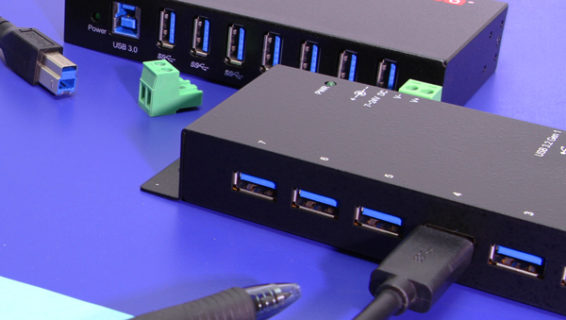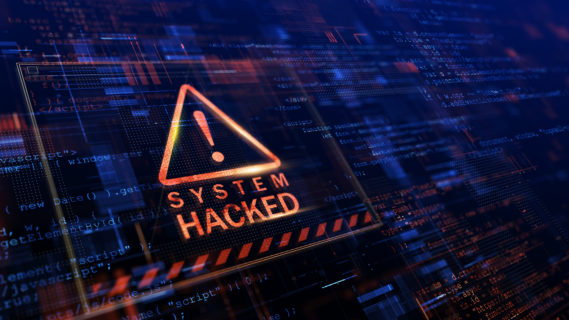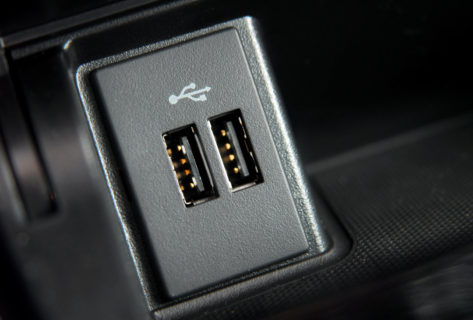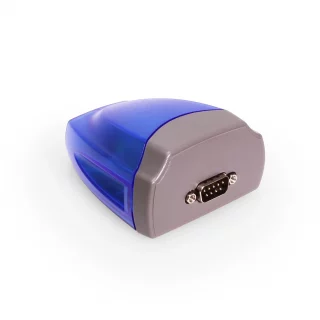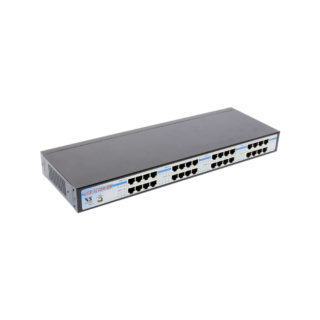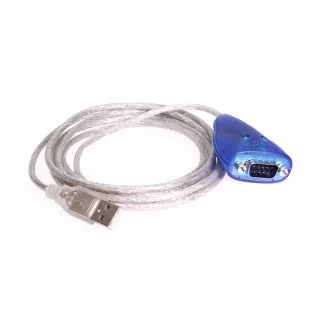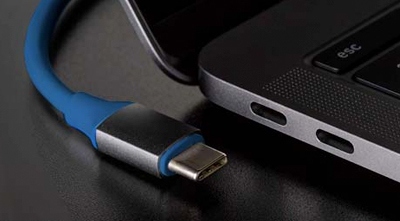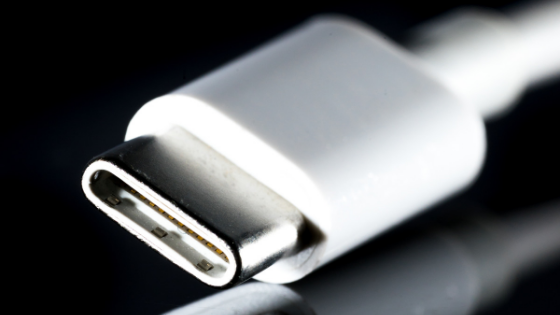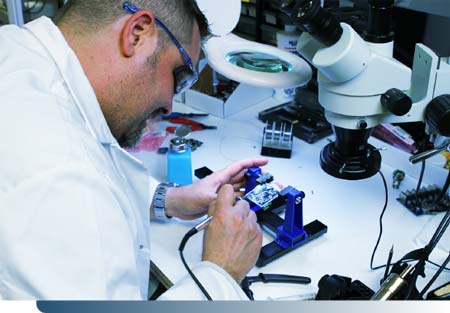When purchasing or using electronic devices, understanding their power requirements is crucial. Whether you’re charging a smartphone, powering a laptop, or setting up home electronics, knowing how much power you need can help you select the right chargers, avoid equipment damage, and enhance energy efficiency. Additionally, if you’re using USB hubs to connect multiple devices, it’s essential to understand their power delivery capabilities. Here’s a simple guide to help you determine the power needs of your devices.
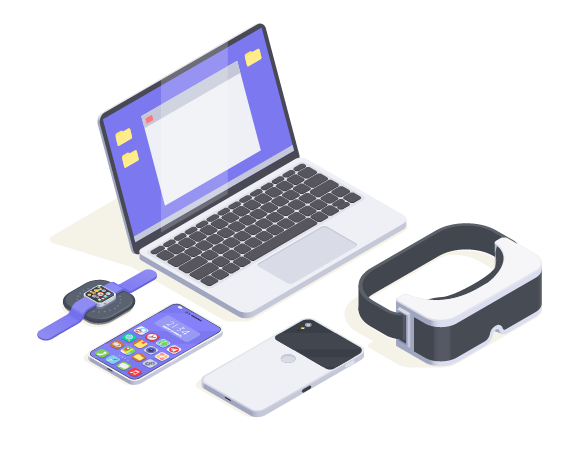 1. Check the Device Specifications
1. Check the Device Specifications
The first step in understanding how much power your device needs is to check its specifications. Most electronic devices have a label or a user manual that provides vital information about their power requirements.
- Voltage (V): This indicates the electrical potential required to operate the device. Common values include 5V (for smartphones), 12V (for tablets), and 120V (for home appliances).
- Current (A): This tells you how much electrical current the device uses. For example, a charger might require 2A, while a larger appliance could need 10A or more.
- Wattage (W): Wattage is calculated using the formula:
Power (P) = Voltage (V) × Current (I)
Read more about understanding Volts and Amps here!
If you know the voltage and current, you can easily calculate the wattage. For instance, a device that operates at 5V and uses 2A requires:
P = 5V × 2A =10W
2. Consider Usage Scenarios
The power requirement may vary depending on how you use the device. For example, a laptop may need less power when idle than when running demanding applications like gaming or video editing.
- Idle vs. Full Load: Devices like computers and gaming consoles often have different power ratings depending on their load. It’s a good idea to check the maximum power consumption when the device is under load, especially if you plan to run resource-intensive tasks.
3. Understand Power Supply Ratings
When selecting a power supply or charger for your device, ensure it meets or exceeds the power requirements specified by the device manufacturer.
- Input vs. Output: Check both the input specifications of your power supply and the output ratings of your device. The power supply should have sufficient wattage and the correct voltage to avoid under-powering or damaging the device.
4. Utilize Power Management Features
Many modern devices come with built-in power management features that help optimize power consumption.
- USB Power Delivery (PD): With technologies like USB Power Delivery, devices can negotiate their power needs and adjust the voltage and current dynamically. This feature ensures that the device receives the optimal amount of power, enhancing efficiency and battery life.
- Programmable Power Supply (PPS): Some chargers support PPS, allowing devices to request specific voltages and currents, further improving efficiency and preventing overheating.
5. Use USB Hubs Wisely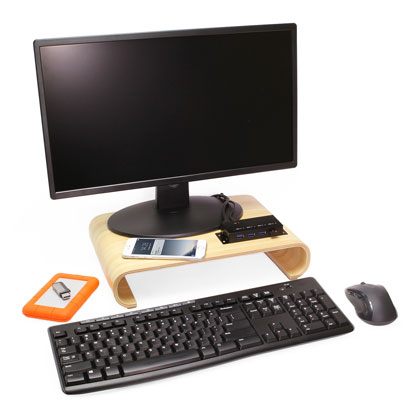
If you’re using multiple devices simultaneously, USB hubs can be a practical solution. USB hubs allow you to connect several devices to a single USB port, making it easier to manage power and data transfer.
- Powered vs. Unpowered Hubs: When choosing a USB hub, consider whether it is powered (with an external power source) or unpowered (drawing power solely from the host device). Powered hubs can deliver more power to connected devices, making them suitable for power-hungry peripherals like external hard drives and charging multiple devices at once.
6. Consider Future Needs
When evaluating power requirements, think about potential future upgrades or additional devices you may acquire.
- Total Wattage: If you plan to run multiple devices from a single outlet or power supply, add up their wattages to determine the total power requirement. Ensure that your power supply can handle this total without exceeding its rated capacity.
Conclusion
Understanding how much power you might need for your devices is essential for safe and efficient operation. By checking device specifications, considering usage scenarios, selecting the right power supply, utilizing power management features, and using USB hubs wisely, you can ensure that your devices receive the appropriate amount of power. This knowledge not only helps optimize performance but also contributes to energy savings and device longevity. Whether you’re charging a smartphone, connecting multiple peripherals with a USB hub, or powering a home entertainment system, being informed about power requirements is key to a smooth and hassle-free experience.

